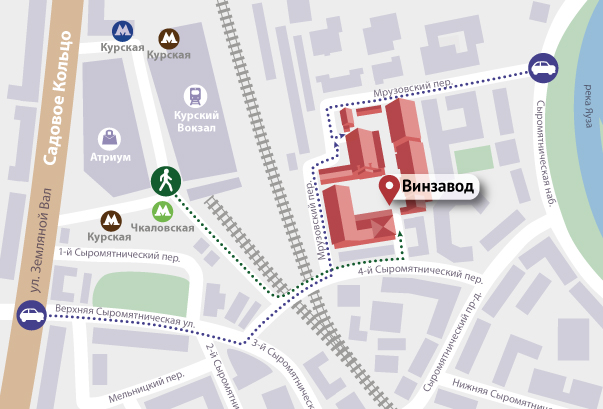What does the act of photographing mean in the era of images’ overproduction? What is the purpose of this obsessive attempts to freeze, fix the past, if the past itself — along with the future — tends to the inevitable, infinitely lasting present? Taking the personal experience as a starting point, Katya Garkushko is looking for answers to these questions with the help of the phenomenology of the human memory.
During our lifetime we produce hundreds of thousands images. This enormous archive is located at the seamy side of our existence, repeating the directions of our views and trajectory of traversed path, — a kind of dint, made by hand. Returning to the existing photos, we are trying to verify the our identity, the very fact of our existence. We can choose the points of reference, that we can address in the future while facing the question — who am I? Our own archive becomes a place to explore, to dig, where — layer by layer — a lost reality is pulled out to the surface. And through that — paradoxically — a discrete act of photographing conjoins the life in a continuous tissue.
Ivan Isaev
«The past is homogeneous. To recall a particular day and the events that took place then, I need to see a photo — any of those that were shot that day. Then its image becomes clear, evocative, and I can say again — yes, it was».
Katja Garkushko






Ivan Isaev
What is the act of photographing images in the of overproduction? What is the purpose of the obsessive attempts to freeze, to fix the past, if they simultaneously with the future aim to make inescapable and endlessly continuing the present? For her personal experience, Kate is looking for answers through the phenomen of the human memory.
For press